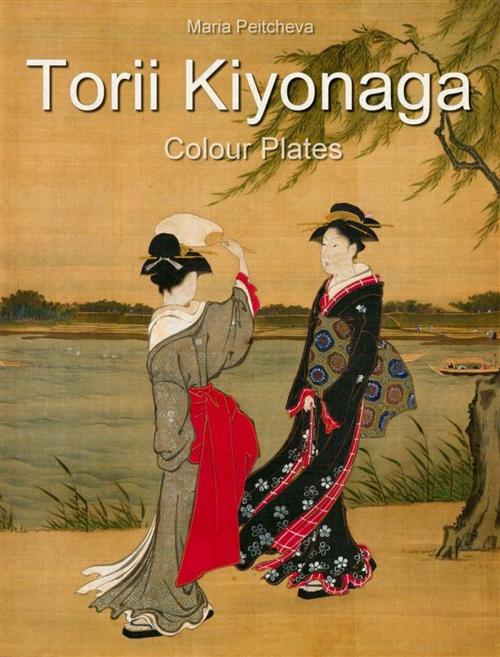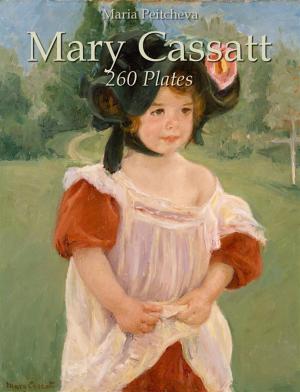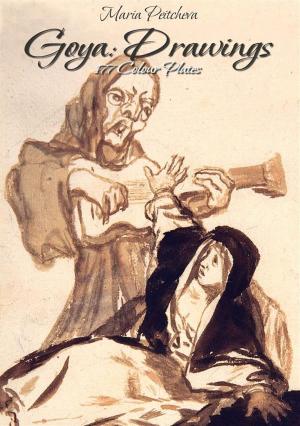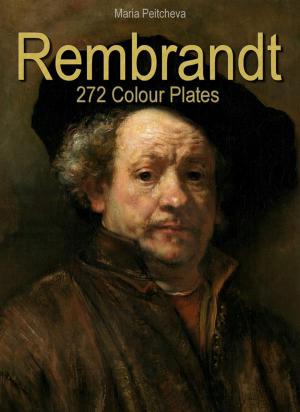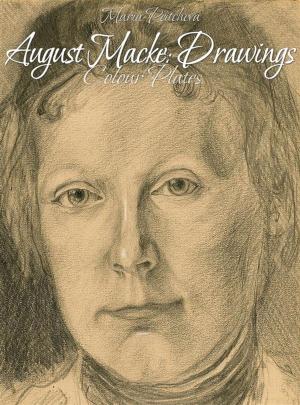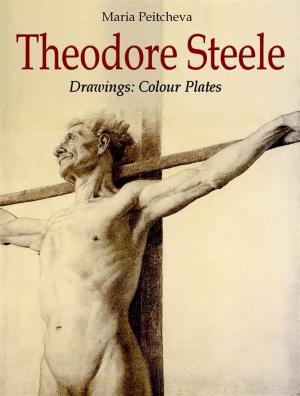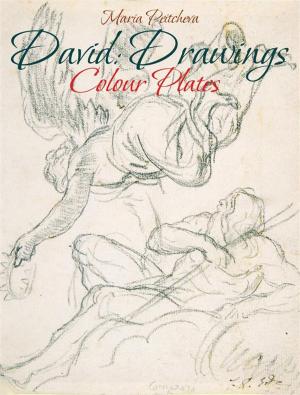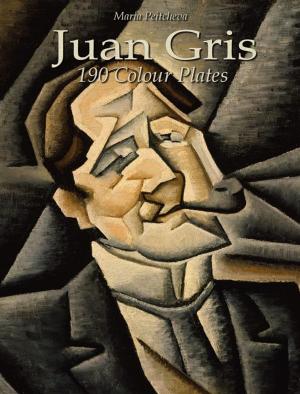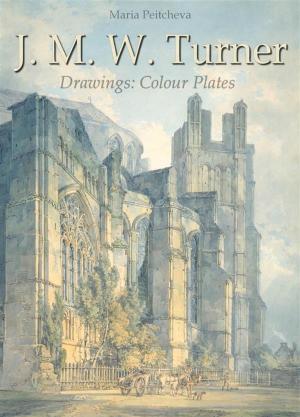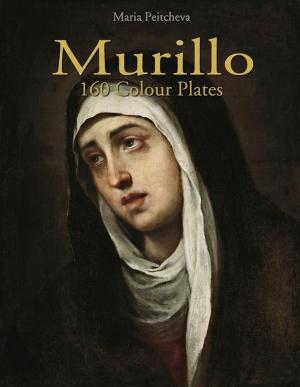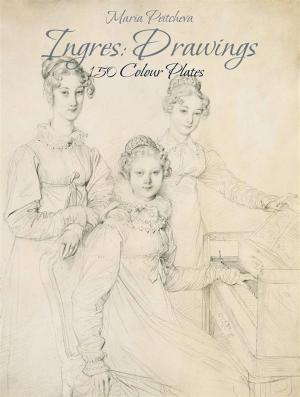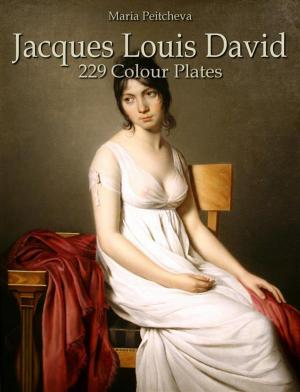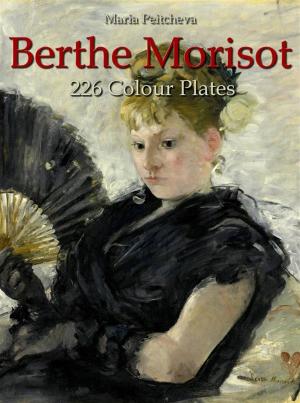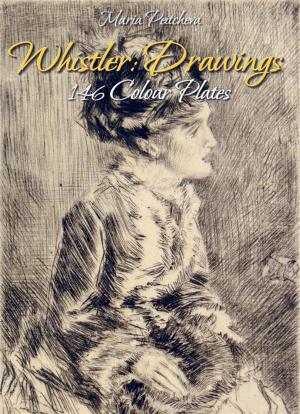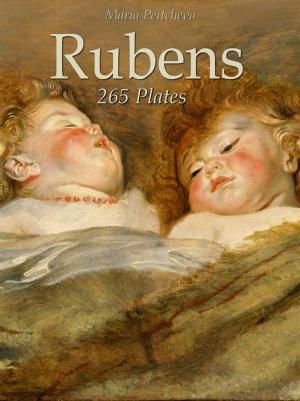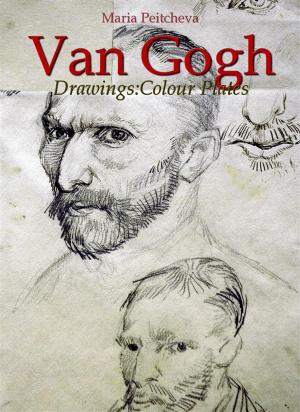| Author: | Maria Peitcheva | ISBN: | 9788822857071 |
| Publisher: | Maria Peitcheva | Publication: | October 18, 2016 |
| Imprint: | Language: | English |
| Author: | Maria Peitcheva |
| ISBN: | 9788822857071 |
| Publisher: | Maria Peitcheva |
| Publication: | October 18, 2016 |
| Imprint: | |
| Language: | English |
Torii Kiyonaga (1752 – 1815) was a Japanese ukiyo-e artist of the Torii school. Originally Sekiguchi Shinsuke, the son of an Edo bookseller, he took on Torii Kiyonaga as an art name. Although not biologically related to the Torii family, he became head of the group after the death of his adoptive father and teacher Torii Kiyomitsu. In the field of bijin-ga, only the works of Suzuki Harunobu and a handful of others are generally regarded comparable with those of Kiyonaga. The women in Kiyonaga's prints are often described as seeming fuller and more mature than those of his predecessor Harunobu, whose prints often depict women who seem younger and thinner. Though a difference of personal styles accounts for this primarily, it also comes in part from Kiyonaga's use of larger sheets of paper. Also, a great proportion of Kiyonaga's work is in diptych or triptych form, making the work seem larger and more impressive overall.
Kiyonaga's Kabuki prints, depicting scenes on stage and the like, show a great attention to detail, and seek to depict real Kabuki scenes, rather than idealized versions.
Torii Kiyonaga (1752 – 1815) was a Japanese ukiyo-e artist of the Torii school. Originally Sekiguchi Shinsuke, the son of an Edo bookseller, he took on Torii Kiyonaga as an art name. Although not biologically related to the Torii family, he became head of the group after the death of his adoptive father and teacher Torii Kiyomitsu. In the field of bijin-ga, only the works of Suzuki Harunobu and a handful of others are generally regarded comparable with those of Kiyonaga. The women in Kiyonaga's prints are often described as seeming fuller and more mature than those of his predecessor Harunobu, whose prints often depict women who seem younger and thinner. Though a difference of personal styles accounts for this primarily, it also comes in part from Kiyonaga's use of larger sheets of paper. Also, a great proportion of Kiyonaga's work is in diptych or triptych form, making the work seem larger and more impressive overall.
Kiyonaga's Kabuki prints, depicting scenes on stage and the like, show a great attention to detail, and seek to depict real Kabuki scenes, rather than idealized versions.
